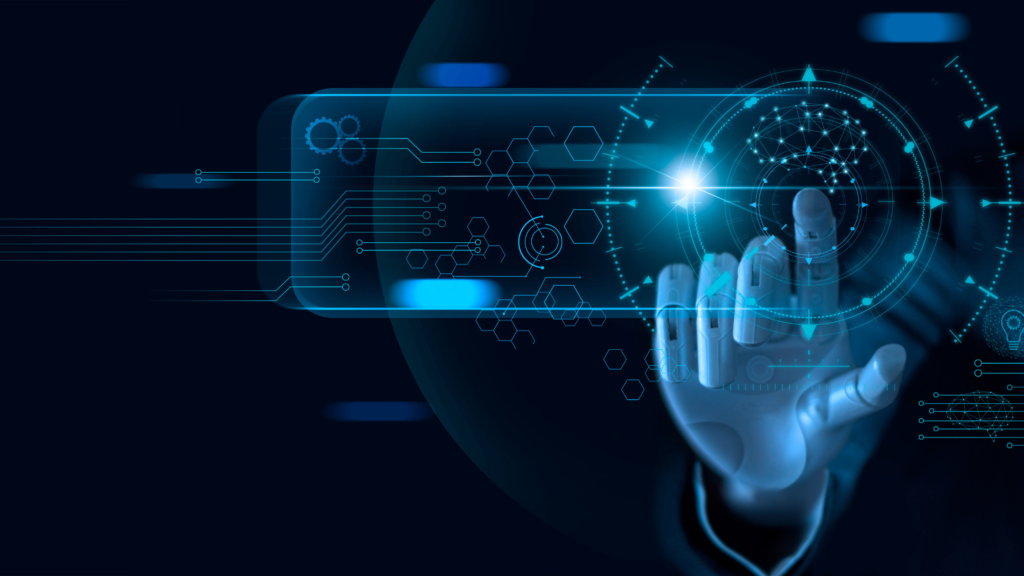
The New Frontier of Personal Injury Law
Imagine being in a car accident where the other vehicle is controlled by an algorithm. Or receiving medical treatment that is guided by artificial intelligence (AI) rather than a human doctor. The rise of AI technology is revolutionizing industries—and the legal field is no exception.
In personal injury law, AI is changing how cases are handled, from determining fault in accidents to calculating damages. But as technology evolves, so do the legal complexities surrounding it. If you’re involved in a personal injury case, it’s essential to understand how AI might impact your claim.
Let’s explore how AI is transforming personal injury law and what it means for victims seeking justice.
How AI is Being Used in Personal Injury Cases
AI is increasingly used in several areas of personal injury law, including:
1. Accident Reconstruction
AI-powered tools can analyze crash data, traffic patterns, and vehicle damage to recreate how an accident occurred. This can be crucial in determining who is at fault.
For example, AI can:
- Analyze dashcam footage to identify the speed and actions of vehicles involved.
- Use data from connected cars to pinpoint when and where a driver made a mistake.
- Help insurance companies and lawyers assess liability more accurately.
2. Medical Diagnosis and Treatment
AI is also being used in medical assessments for personal injury victims. Algorithms can help doctors:
- Diagnose injuries based on medical images.
- Predict long-term recovery outcomes.
- Determine the appropriate treatment plans.
While this can improve accuracy and efficiency, it also raises legal questions about liability if an AI system makes an error.
3. Damage Calculations
AI can assist in calculating economic and non-economic damages in personal injury cases by analyzing past settlements and court verdicts.
For example, AI can:
- Estimate medical expenses and future care costs.
- Calculate lost wages based on the victim’s occupation and earning potential.
- Assess pain and suffering by comparing similar cases.
The Benefits of AI in Personal Injury Cases
AI technology offers several advantages in personal injury law:
- Faster Case Analysis: AI can quickly analyze large amounts of data, helping lawyers build stronger cases more efficiently.
- Improved Accuracy: AI tools can reduce human error in accident reconstruction and damage calculations.
- Cost Savings: By automating certain tasks, AI can lower the cost of legal services.
However, while AI can be a helpful tool, it’s not a substitute for experienced legal representation.
The Risks and Challenges of AI in Personal Injury Cases
Despite its benefits, AI also presents significant challenges in personal injury law:
1. Lack of Transparency
Many AI systems operate as black boxes, meaning it’s unclear how they reach their conclusions. This lack of transparency can be problematic in legal cases where evidence and accountability are critical.
2. Liability Issues
Who is responsible if an AI system makes a mistake? Liability can be difficult to determine in cases involving AI, especially if multiple parties were involved in creating and maintaining the technology.
3. Bias in Algorithms
AI systems can perpetuate existing biases if they are trained on biased data. This can lead to unfair outcomes in personal injury cases, particularly when calculating damages or assessing fault.
How AI is Changing Insurance Companies’ Tactics
Insurance companies are using AI to evaluate claims and reduce payouts. AI algorithms can:
- Flag potential fraud by analyzing patterns in claims data.
- Predict settlement amounts based on past cases.
- Identify weaknesses in a claimant’s case to justify lower offers.
While this can make the claims process more efficient, it also means that victims need to be more vigilant when negotiating with insurance companies.
What Does This Mean for Personal Injury Victims?
If you’re involved in a personal injury case, AI could impact your claim in several ways:
- Your Case May Be Analyzed by AI: Insurance companies may use AI tools to evaluate your claim, which could affect the settlement offer you receive.
- AI Evidence Could Be Used in Court: AI-generated accident reconstructions or medical assessments could be presented as evidence in your case. It’s essential to have a lawyer who can challenge the accuracy of this evidence if necessary.
- You Need a Lawyer Who Understands AI: As AI becomes more prevalent in personal injury law, it’s crucial to work with a lawyer who understands how AI tools are used and can navigate the legal complexities they present.
Real-World Example: The Role of AI in a Car Accident Case
Imagine you’re in a car accident where the other vehicle is a driverless car. The car’s AI system failed to recognize a stop sign, causing the collision.
In this case, your lawyer would need to:
- Access the car’s data logs to understand what went wrong.
- Determine whether the manufacturer, software developer, or vehicle owner is liable.
- Challenge any AI-generated evidence presented by the defense.
This example highlights the importance of having a lawyer who can handle the complexities of AI-related personal injury cases.
How Shaumyan & Derbarseghian, LLP Can Help
At Shaumyan & Derbarseghian, LLP, we stay ahead of the curve by understanding emerging technologies like AI and how they impact personal injury law. Our experienced attorneys know how to:
- Challenge AI-generated evidence that may be inaccurate or biased.
- Hold manufacturers and developers accountable when AI systems cause harm.
- Negotiate with insurance companies that use AI to reduce payouts.
If you’ve been injured and suspect that AI played a role in your case, don’t navigate it alone. We’re here to fight for your rights and ensure you get the compensation you deserve.
Contact Shaumyan & Derbarseghian, LLP Today
AI may be changing the legal landscape, but your right to justice remains. If you’ve been injured in an accident, contact Shaumyan & Derbarseghian, LLP for a free consultation.
Helpful Resources:
California Department of Insurance
National Highway Traffic Safety Administration (NHTSA) AI Guidelines

